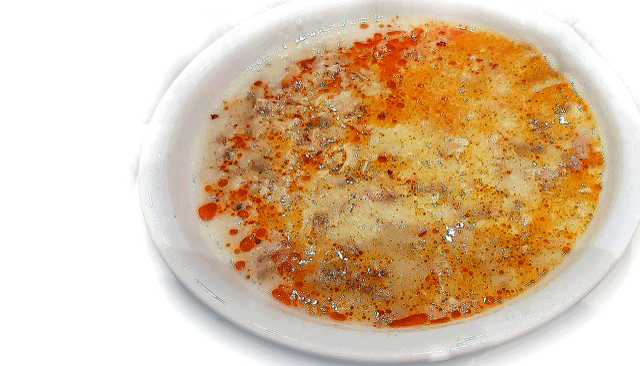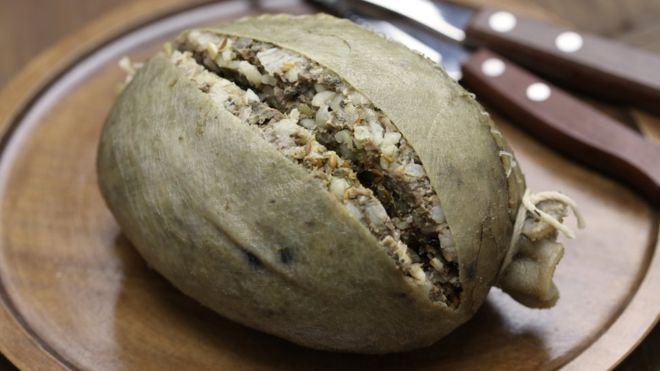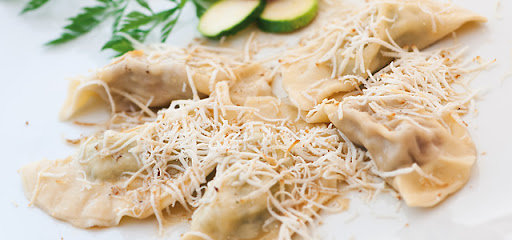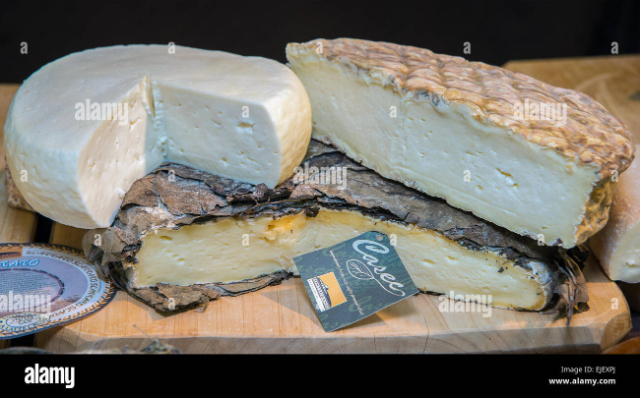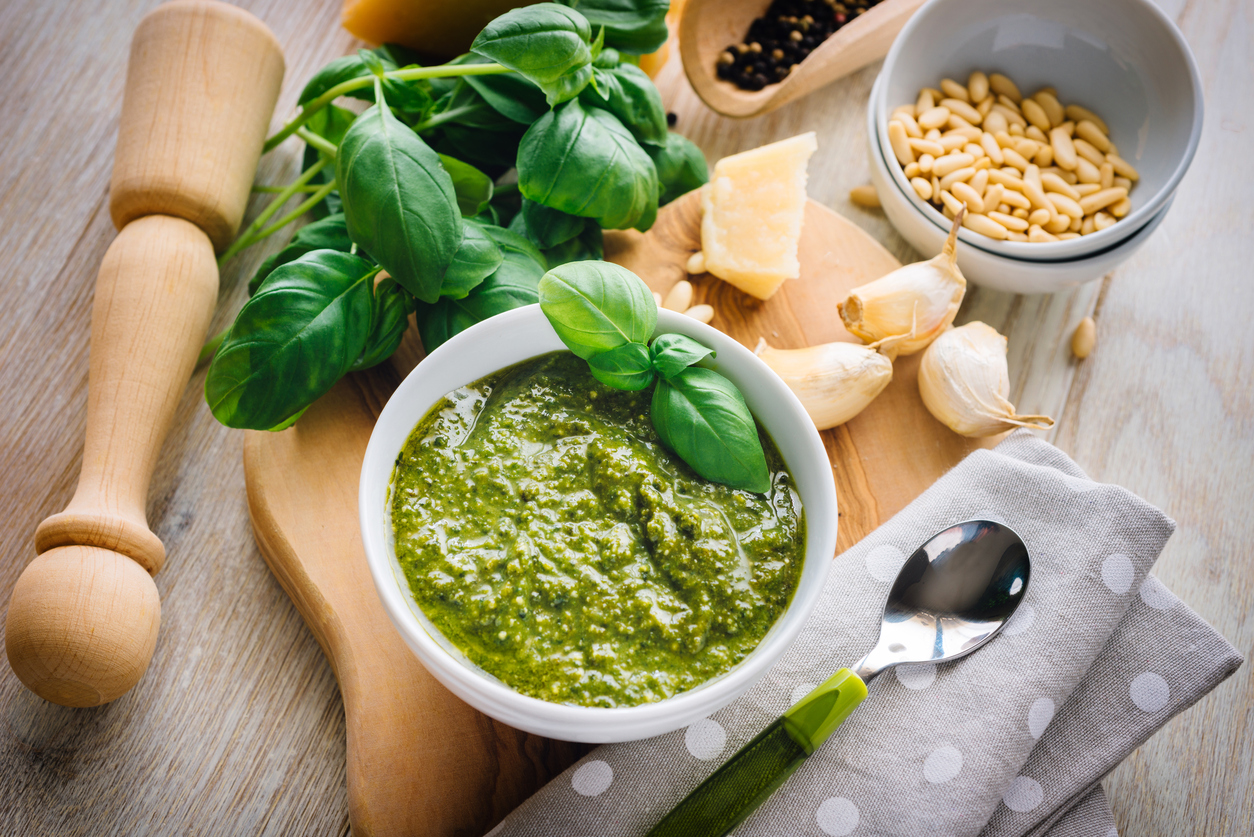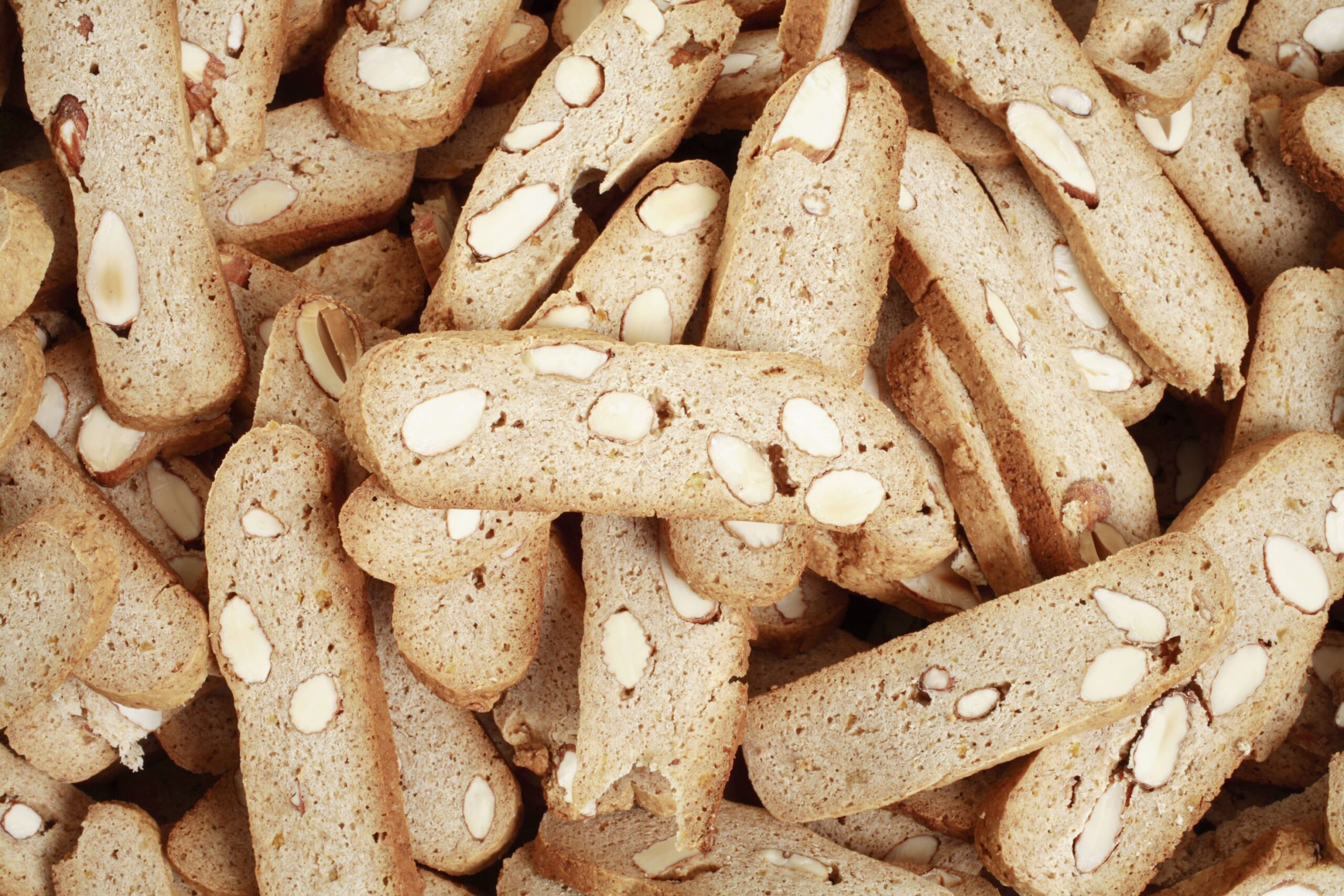This is a noble bread made from a recipe dating back to the Middle Ages, typical of the Bocca di Valle and Guardiagrele foothills.
The bread is produced both as a bloomer and as a round loaf, weighing 500g or 1kg. The dough is a complex mixture of flours: superfine, whole, corn, oat, barley, millet and rye, with sesame seeds, extra virgin olive oil, cheese, water, salt, culture yeast and a small amount of brewer’s yeast. This combination of ingredients gives this ancient, noble bread its particular spicy aroma.
Baking starts late in the evening, mixing and kneading the various flours by hand, adding yeast, water, salt, cheese and oil. The dough is left to rise overnight and the next morning the mixture is worked and given a shape.
The bread is left to leaven for another half an hour and is then baked at 200°C for about an hour and 20 minutes. The crust is hazelnut brown with an amber hue, and is lightly scored on the surface, does not crumble when sliced, has a soft, spongy interior with regular pocking. If stored in cloth or paper bags it will last for about four days without losing its flavour or softness.
Traditionally it is said that the several flours used in the dough serve provethe bread’s ancient origins. Its main feature, then as now, lies in its being especially substantial and with good shelf life. As a consequence it was much appreciated by local foothill populations, whose main employment was making charcoal, and the heavy work was all undertaken in the woods, demanding long periods away from inhabited areas.


